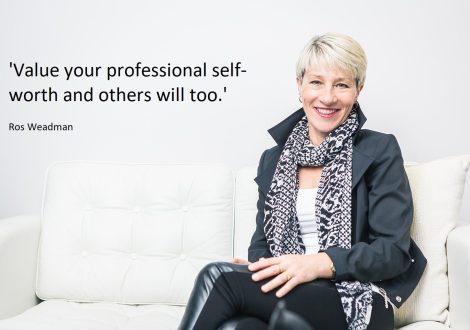Whether running a workshop, pitching to a potential client or delivering a presentation, connecting with an audience requires a presenter to have clarity of message, confidence in their presentation skills and congruence of voice tonality and body language. An understanding of the different learning styles of people can also help a presenter engage their audience. This latter skill is the topic of this week’s article.
Developed by Dr Bernice McCarthy in the late 1970s, the 4MAT model provides a useful structure for developing a presentation and engaging an audience based on the following four key learning styles:
- people who want to know Why (imaginative learners who seek meaning and purpose, like to reflect and think bigger picture)
- people who want to know What (analytic learners who seek facts and figures, enjoy research and like to explore concepts)
- people who want to know How (practical learners who seek steps and formulas so they can experiment, build or create something)
- People who want to find out What if (dynamic learners who seek new perspectives, speculate possibility and evolve ideas to different scenarios)
While the 4MAT model has most commonly been used as a framework in training and teaching scenarios, it’s also a useful structure for communicating in a variety of other situations such as presenting an idea, facilitating a brainstorming session or delivering a presentation.
Below is a brief overview of how to appeal to each of the four learning styles.
1 Why?
The ‘why’ frame establishes the purpose of the communication, the environmental context and why the issue / idea / occasion is important / significant / meaningful / relevant to the audience, community, humanity. To establish the ‘why’, use stories, benefits, quotes, questions, statistics, examples and the like, to create meaning around the topic of focus.
2 What?
The ‘what’ frame tells the audience what they need to know about the issue / idea / occasion. To establish the ‘what’, provide tangible information such as a formal definition, relevant facts and figures, historical information, research statistics, case studies and the like, to create concepts and link relationships.
3 How?
The ‘how’ frame engages the audience to act. To establish the ‘how’, show the steps to be followed, consider options, brainstorm ideas, use hands-on activities, use hypothetical scenarios, identify tools and tactics, and operational procedures, to build skills.
4 What if?
The ‘what if’ frame engages the audience to consider how the information could be evolved to apply the idea to the external world and into the future. To establish the ‘what if’, ask the audience to adapt the information to different scenarios, give an open-ended task, speculate a new application or refinement.
While you couldn’t know the learning styles of individuals in an audience, the 4MAT model is a valuable structure for preparing content that appeals to the majority.
>>>>>>>>
©Ros Weadman 2022 Ros Weadman helps people and organisations to build a strong positive brand, increase market visibility and enhance their reputation. Ros’s new book ‘Enhance Your Reputation’ is out now. Order your copy here.
To receive this enews straight to your inbox, subscribe here. You can connect with Ros via email [email protected] or by phone 1800 677 600.



